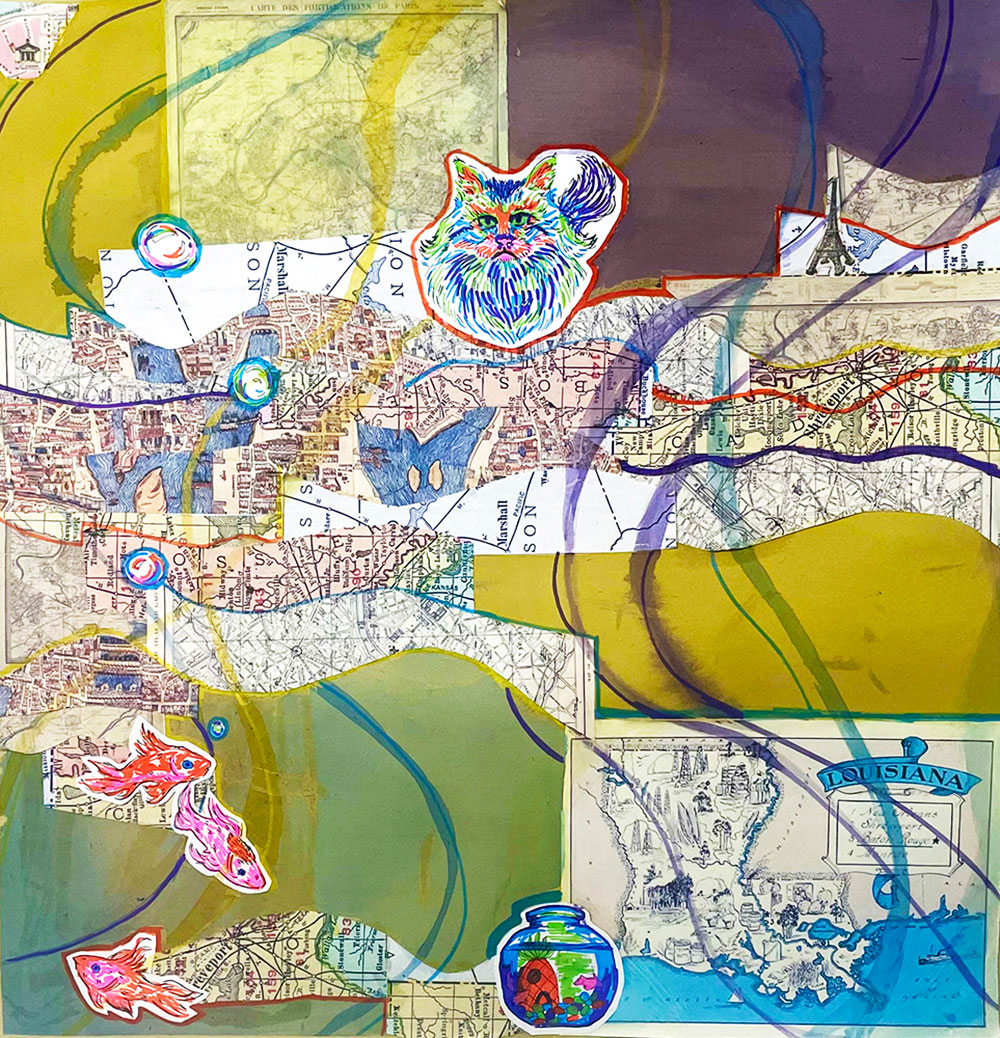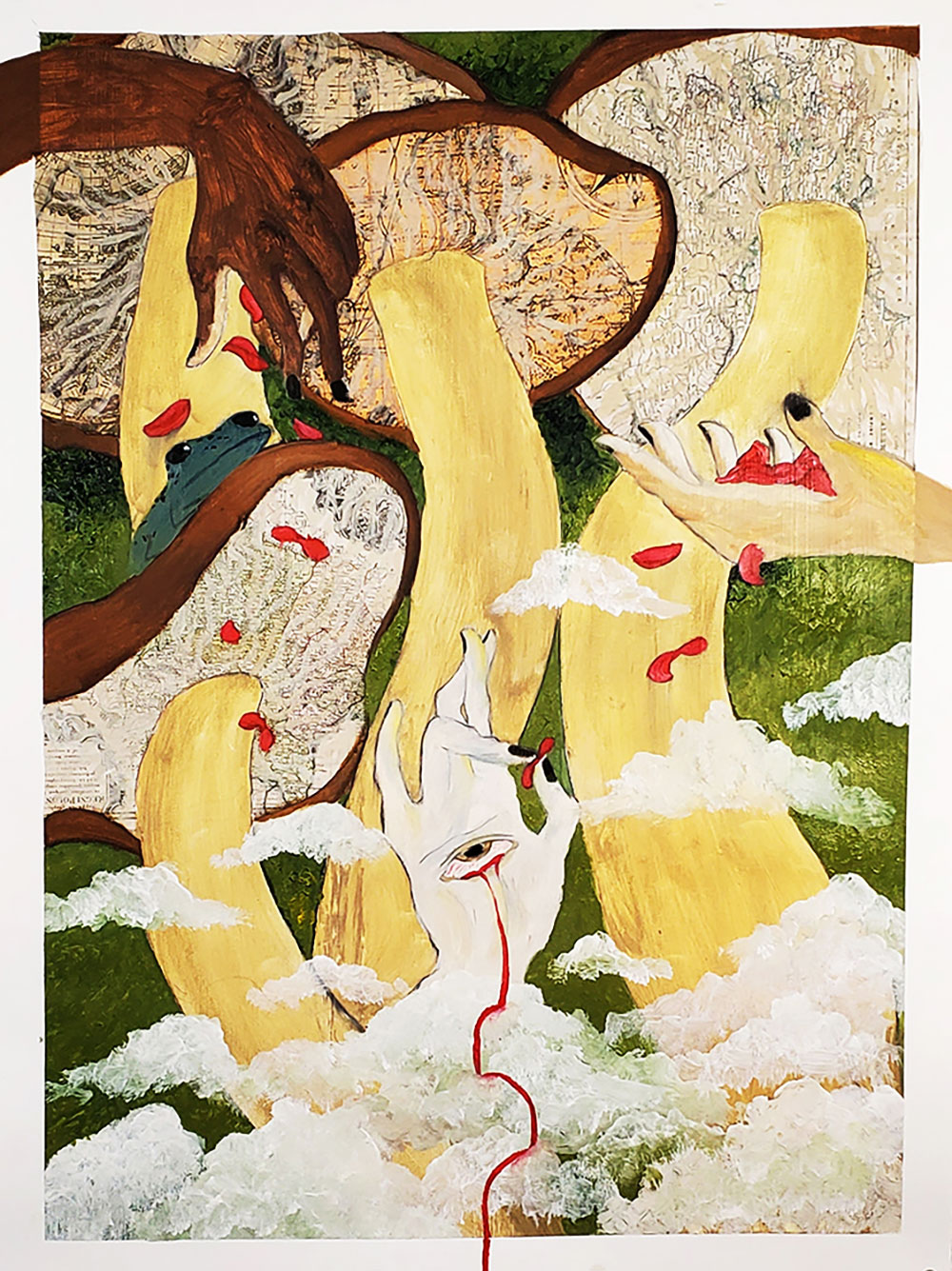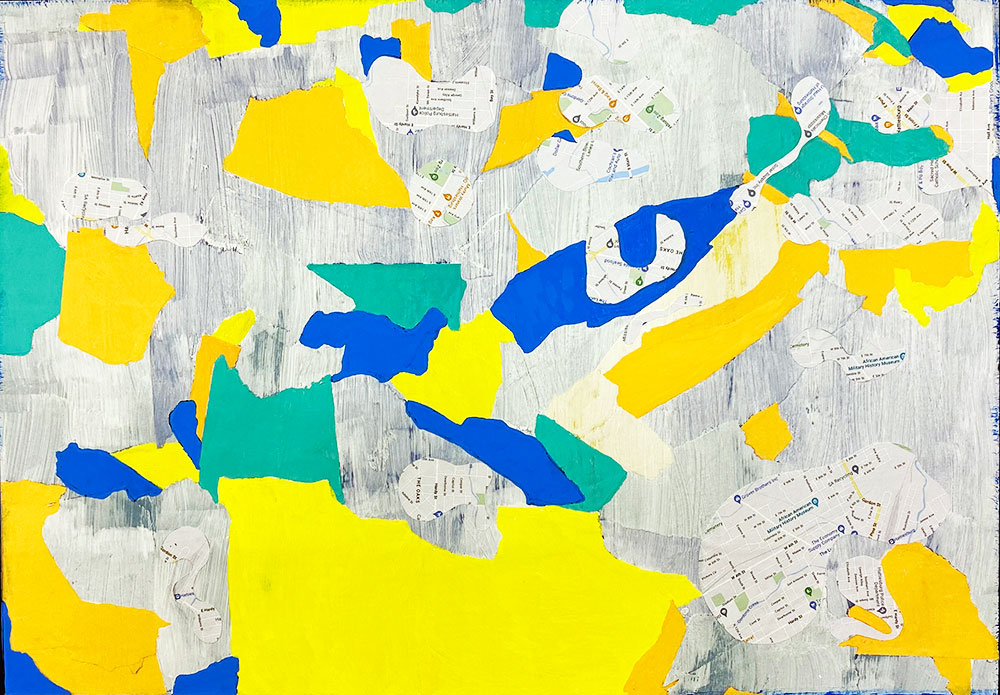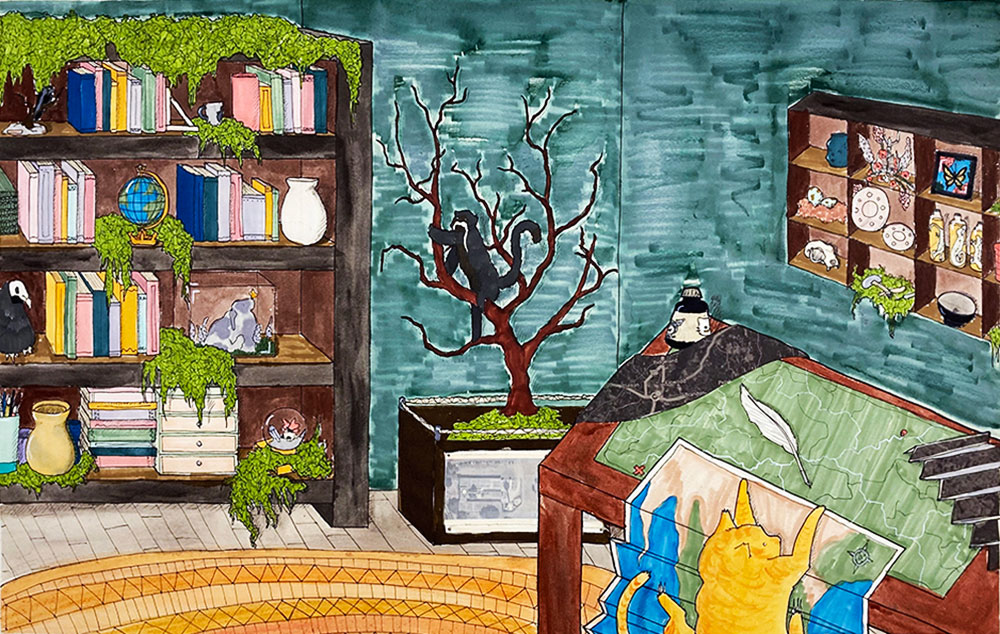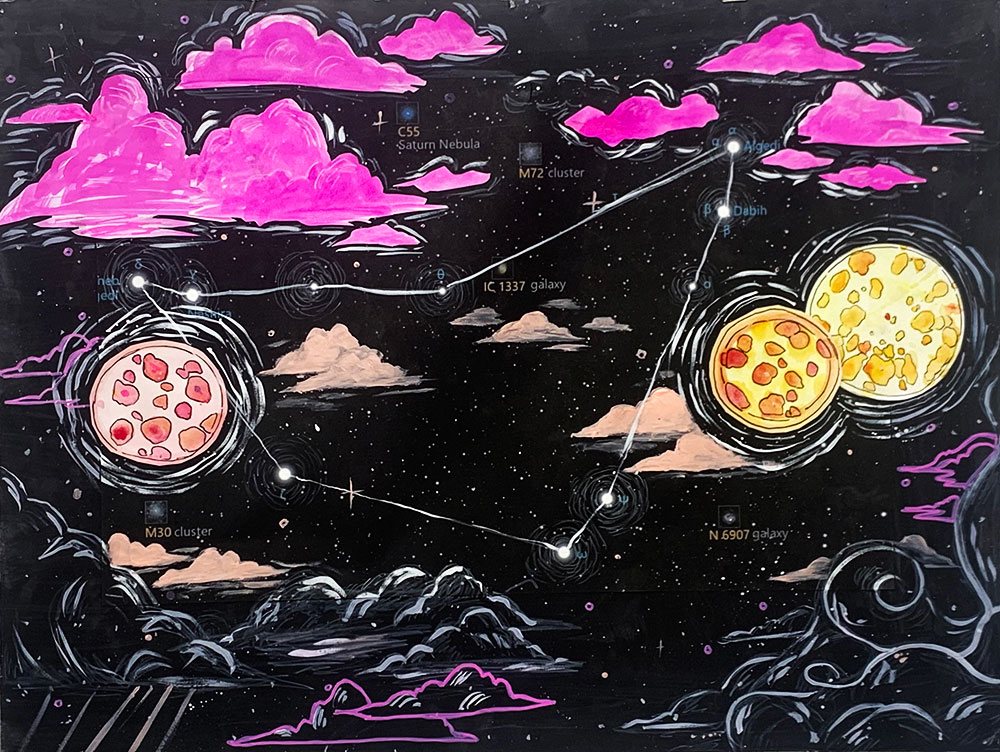Art 2233 | Drawing III
Drawing III is a continuation of ART 1223, further developing drawing skills and concepts for advanced students.
Below are descriptions of some of the assignments in the course with student work examples.
Project 1: Paper
Create an engaging drawing portrayingpaper as your subject matter. The paper in your drawing can be depicted in the following manner.
- Torn, cut
- Creased, folded
- Twirled, rolled, curled
- Woven, interlaced
- Crumpled, shredded
- Stacked
- Folded into paper sculptures or architectural structures
Combine at least 2 or more categories from the above-mentioned list. Carefully consider the interaction of positive and negative shapes in your composition. You may collage or incorporate actual paper into your drawing if you so desire. You CANNOT draw anything that is not paper-related. AVOID making a stereotypical still-life drawing, especially if you are rendering recognizable objects made from paper.If you crumple paper and draw from it, do not make it look like a typical drawing of crumpled paper. Compose and portray it in a way that is unexpected. Be creative and transform it into something that is exciting!
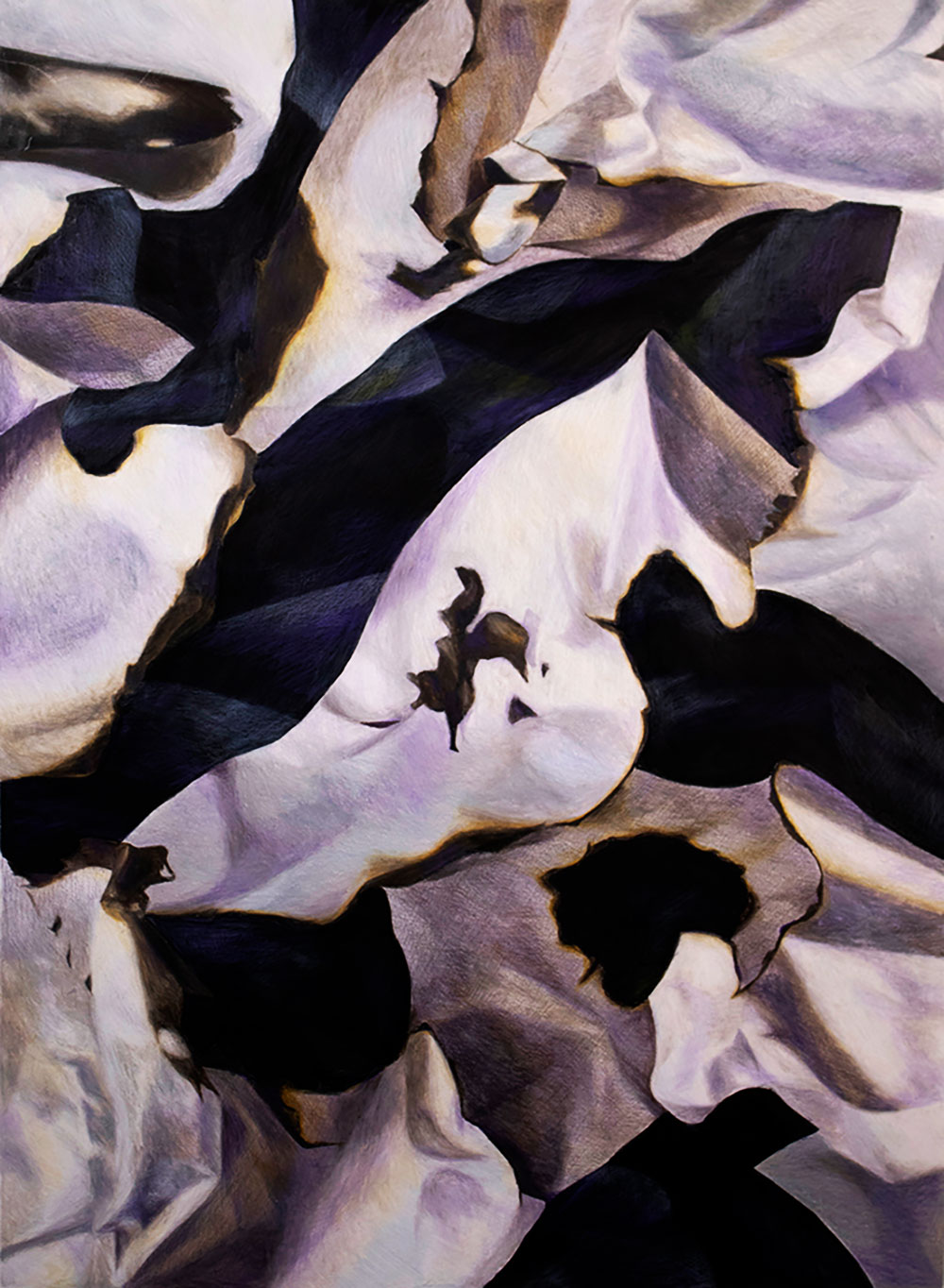
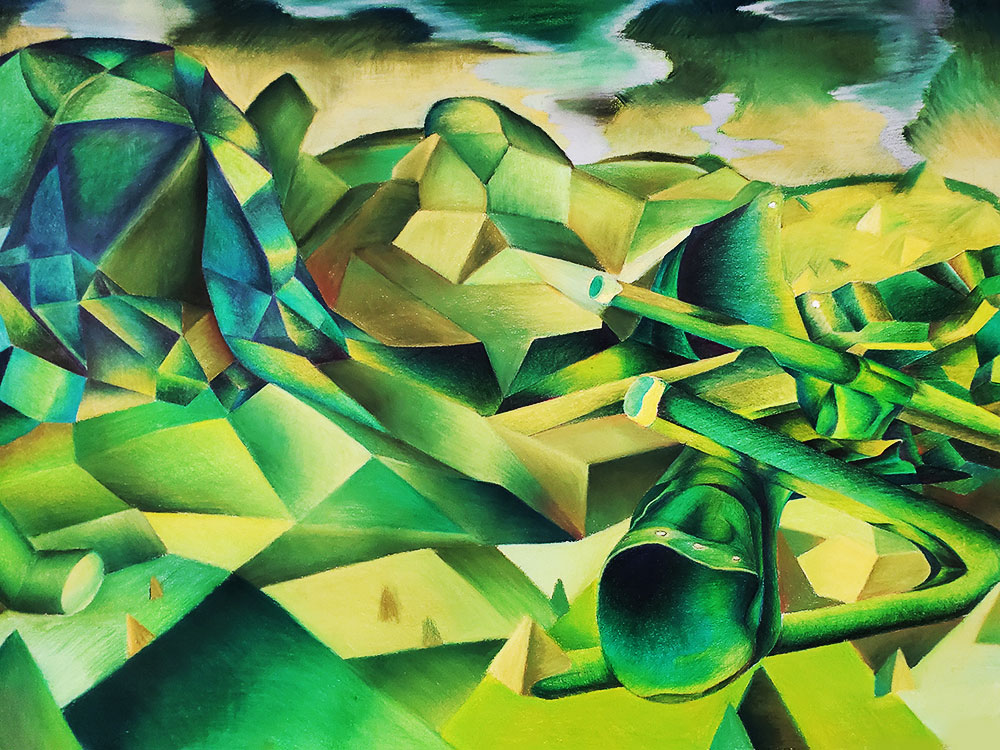
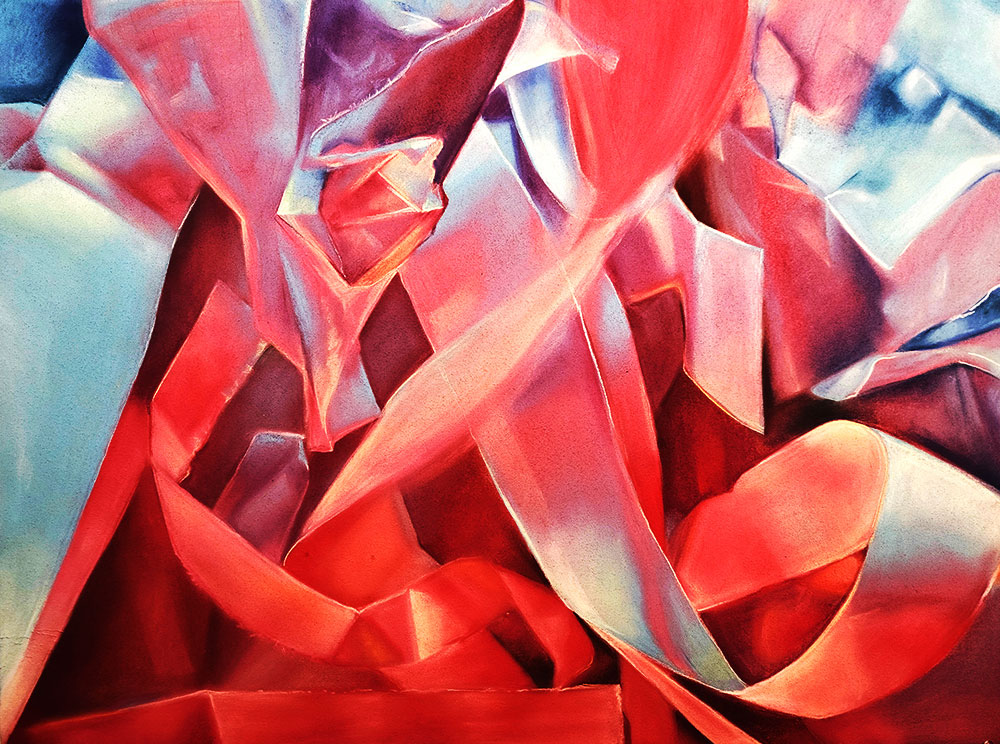
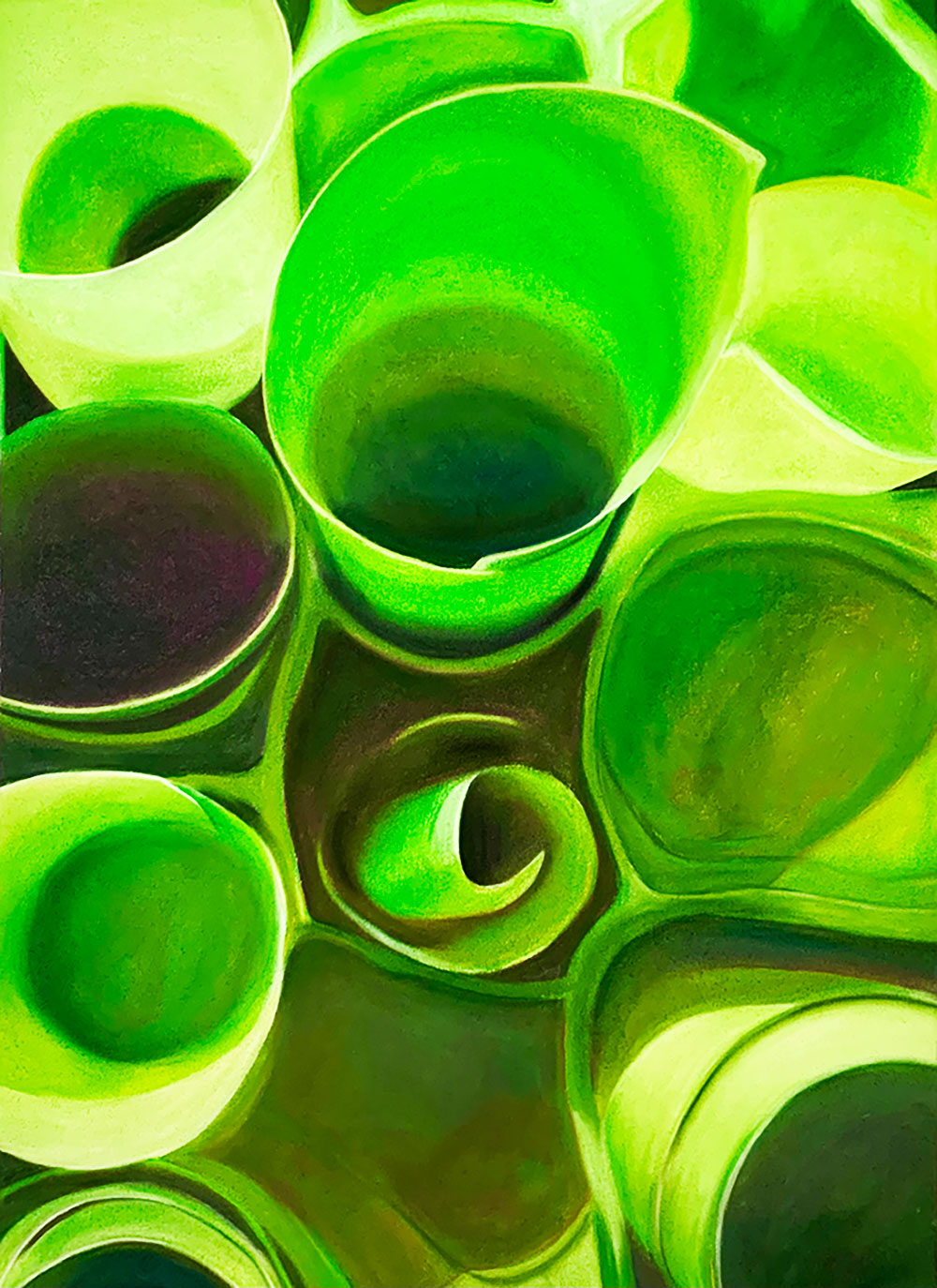
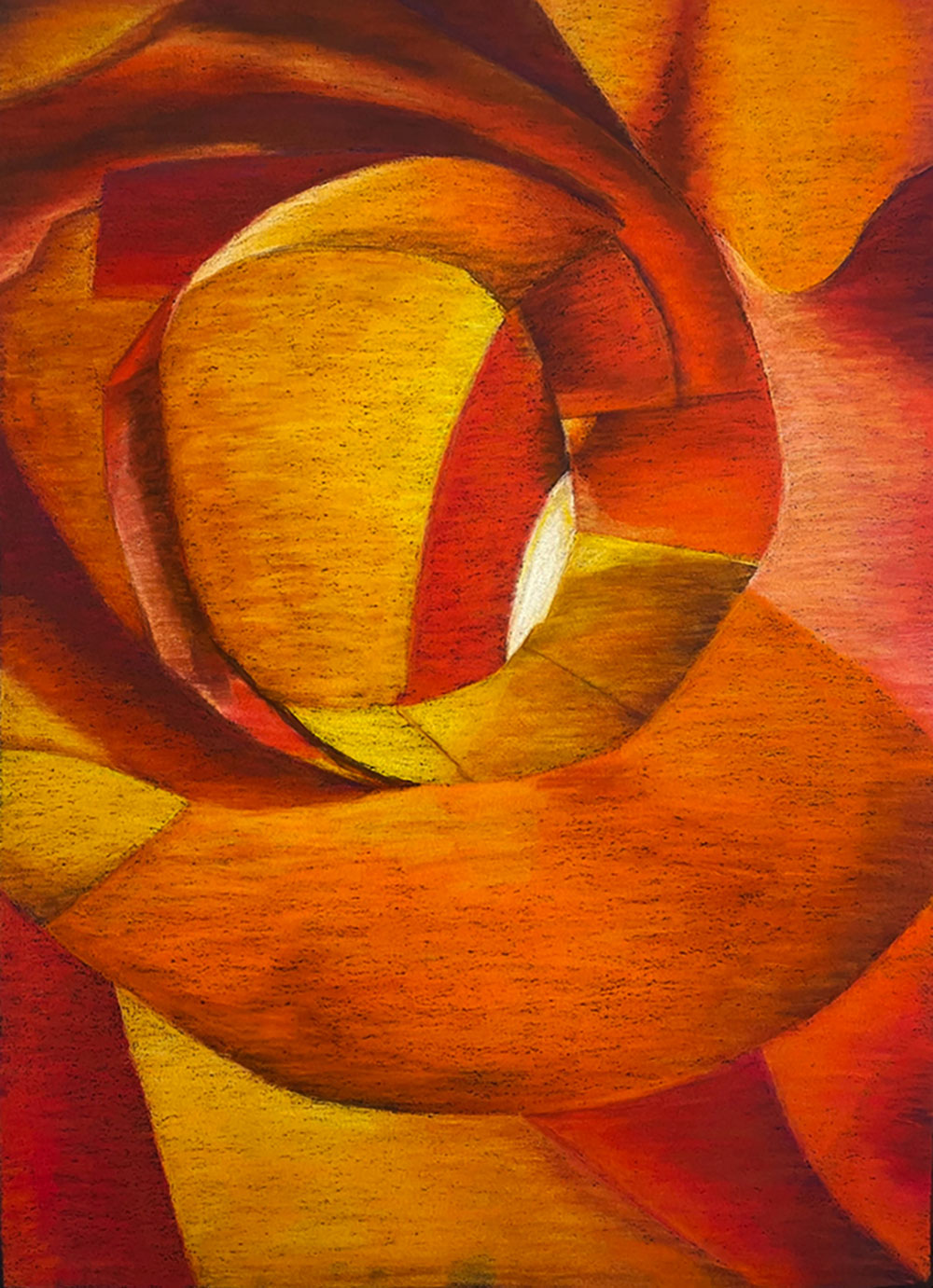
Project 2: Non-representational/Non-objective Drawing
Create a non-objective drawing incorporating anyor all of the art elements of line, shape, value, color, and texture. Do not make a drawing that represents actual objects, for e.g., do not makeshapes that look like flowers or leaves in your composition.
Since this is a non-representational drawing, you should consider how the art elements (line, shape, value, texture, and color) work together to create a strong composition. You are NOT required to use all the art elements; you can always limit yourself to one or two. The overall composition can exhibit shallow or deep space, tightly rendered or spontaneous/loose/gesture-like quality, or both. Regardless of how you create this drawing, the final outcome must be visually engaging and compositionally sound.
For this project, you are required to play and experiment with traditional drawing supplies as well as other materials that you would not necessarily use to create a drawing. Collage and some type of staining must be included in the piece. Limit your color palette. EXPERIMENT! Anything goes regarding the use of material and composition!
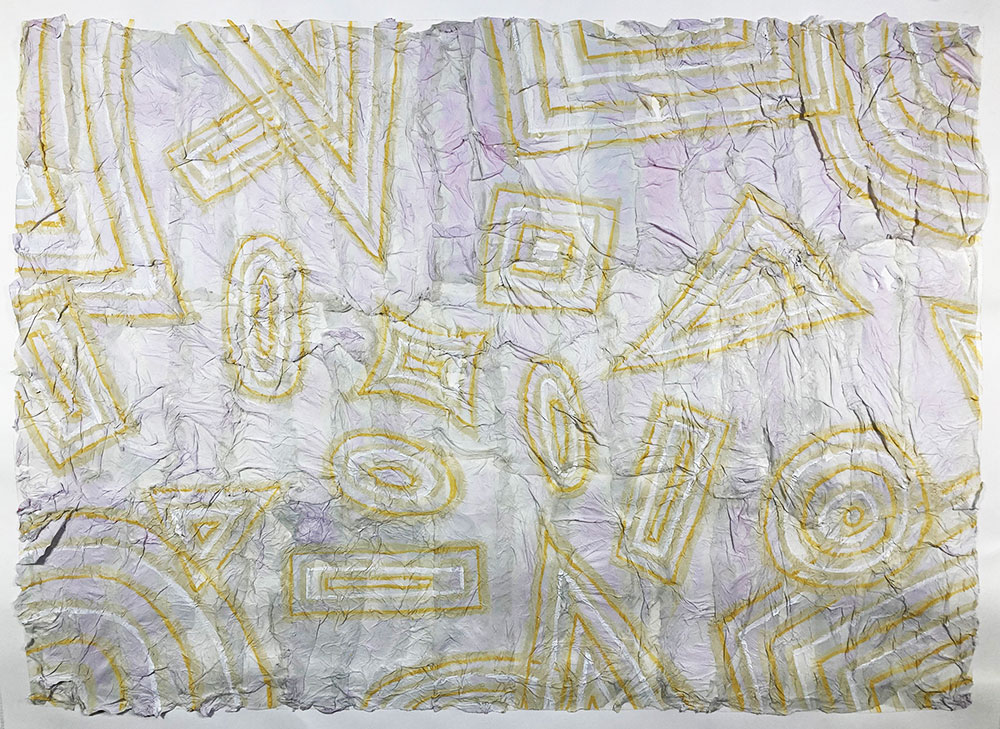
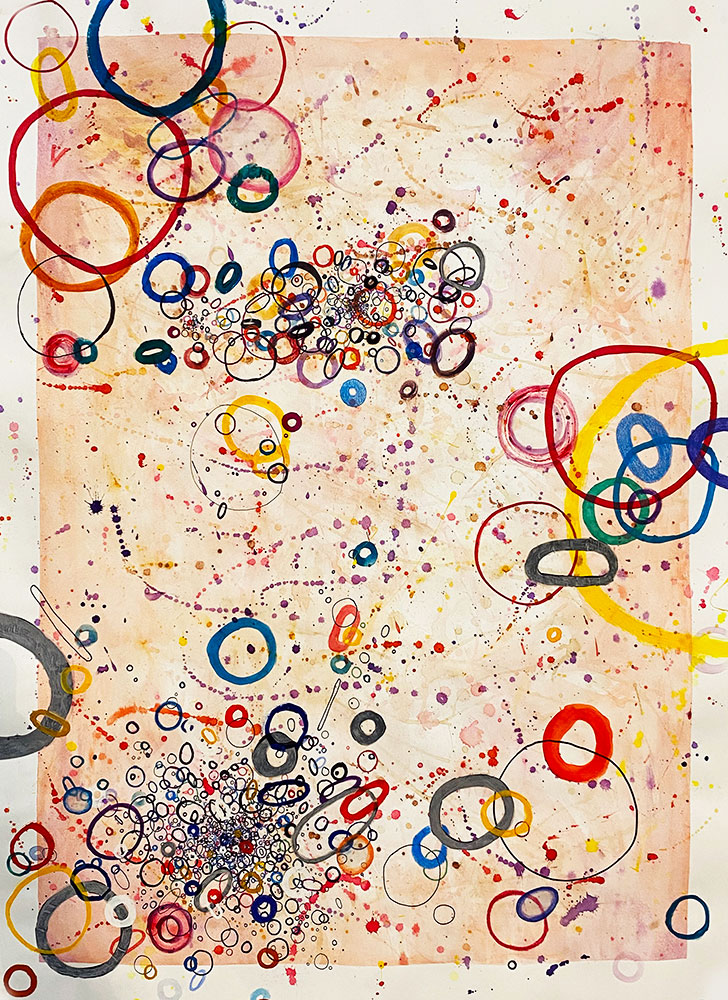
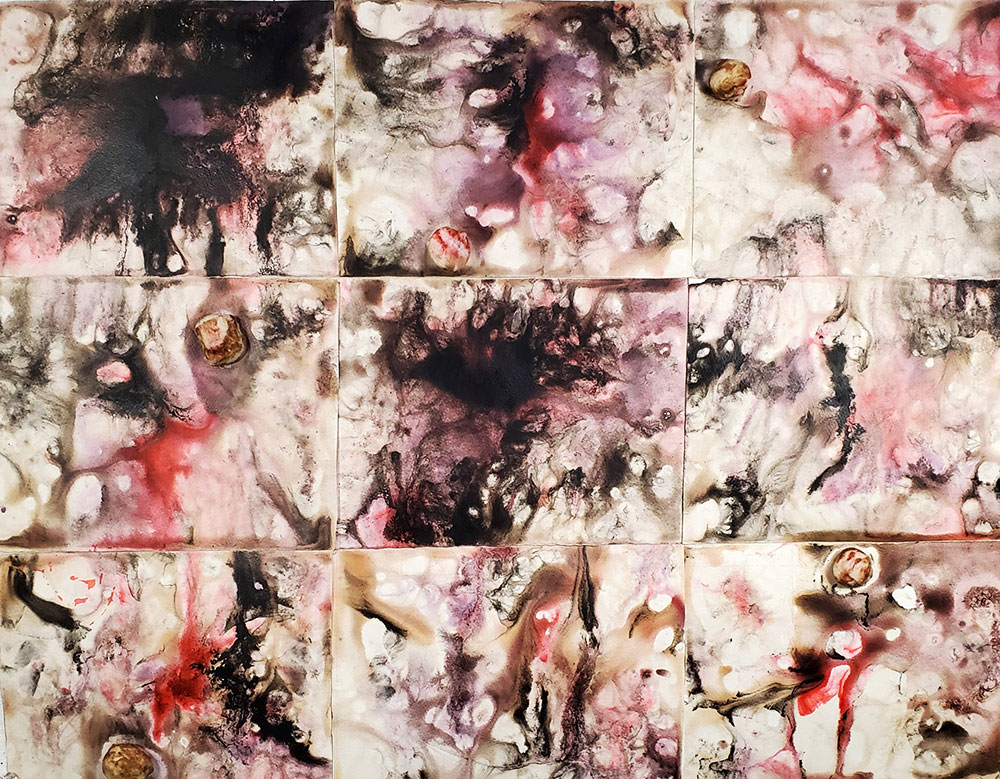
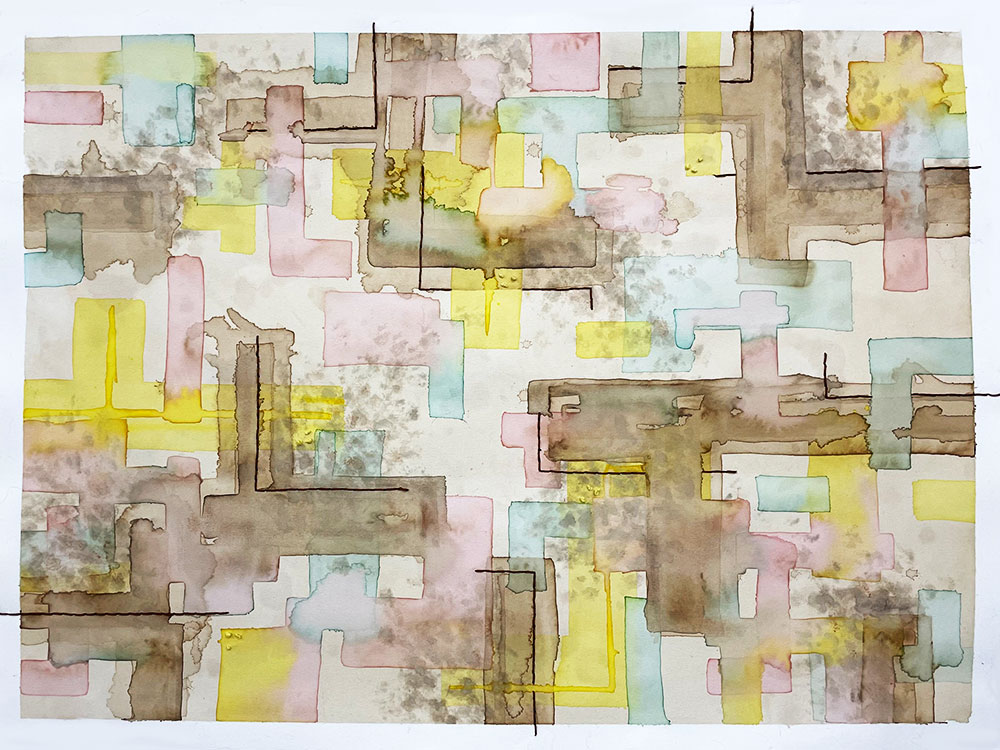
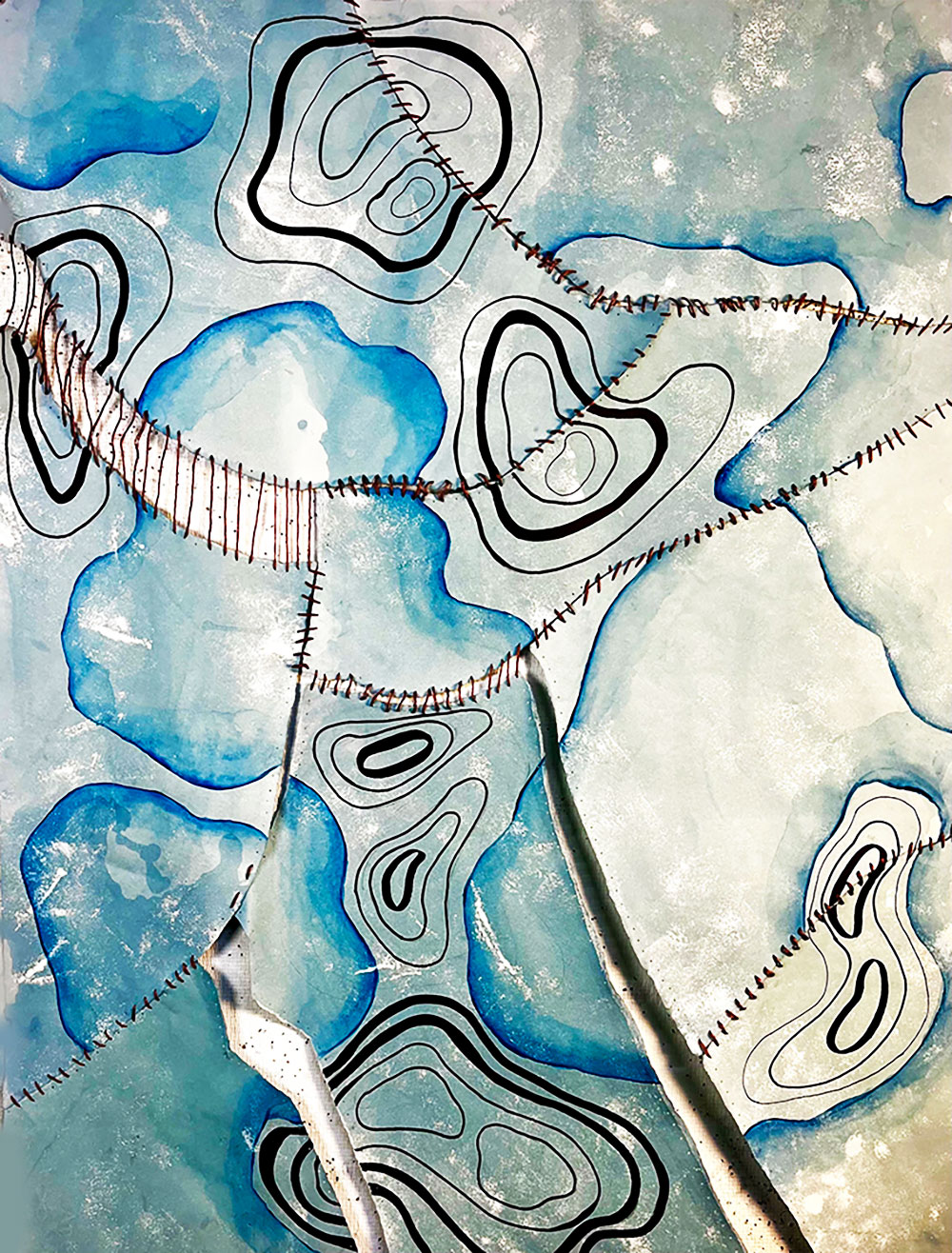
Project 3: CAAD & CALS Exhibition
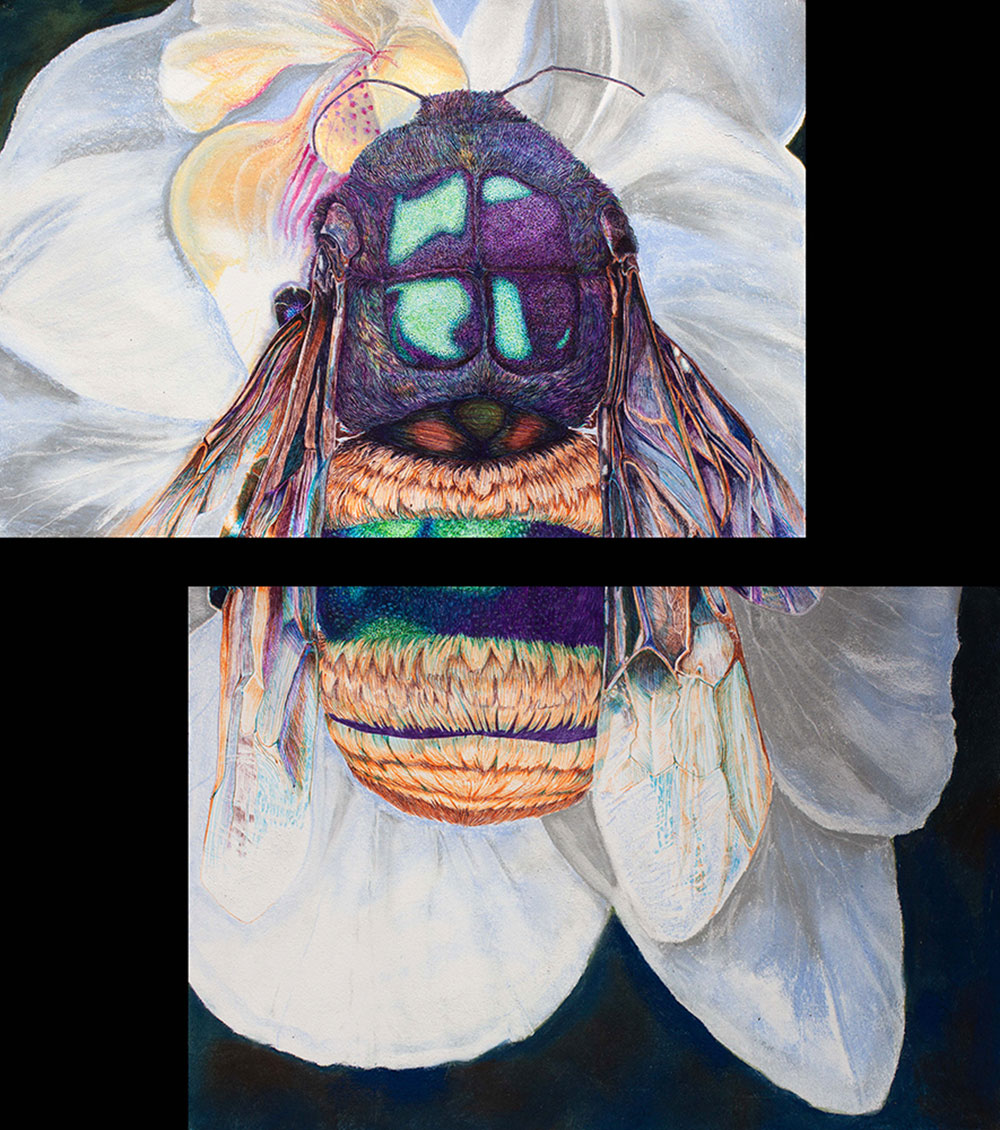
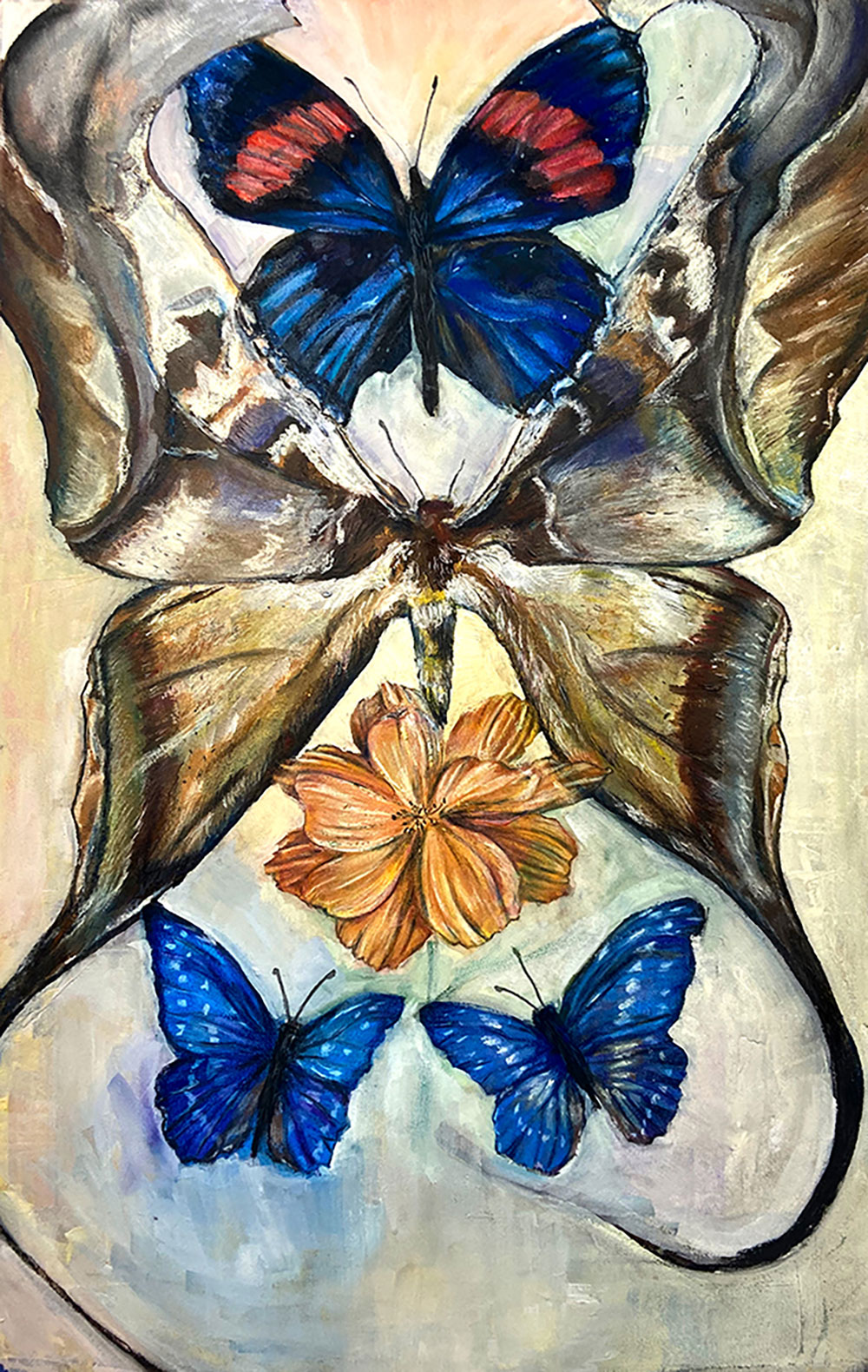
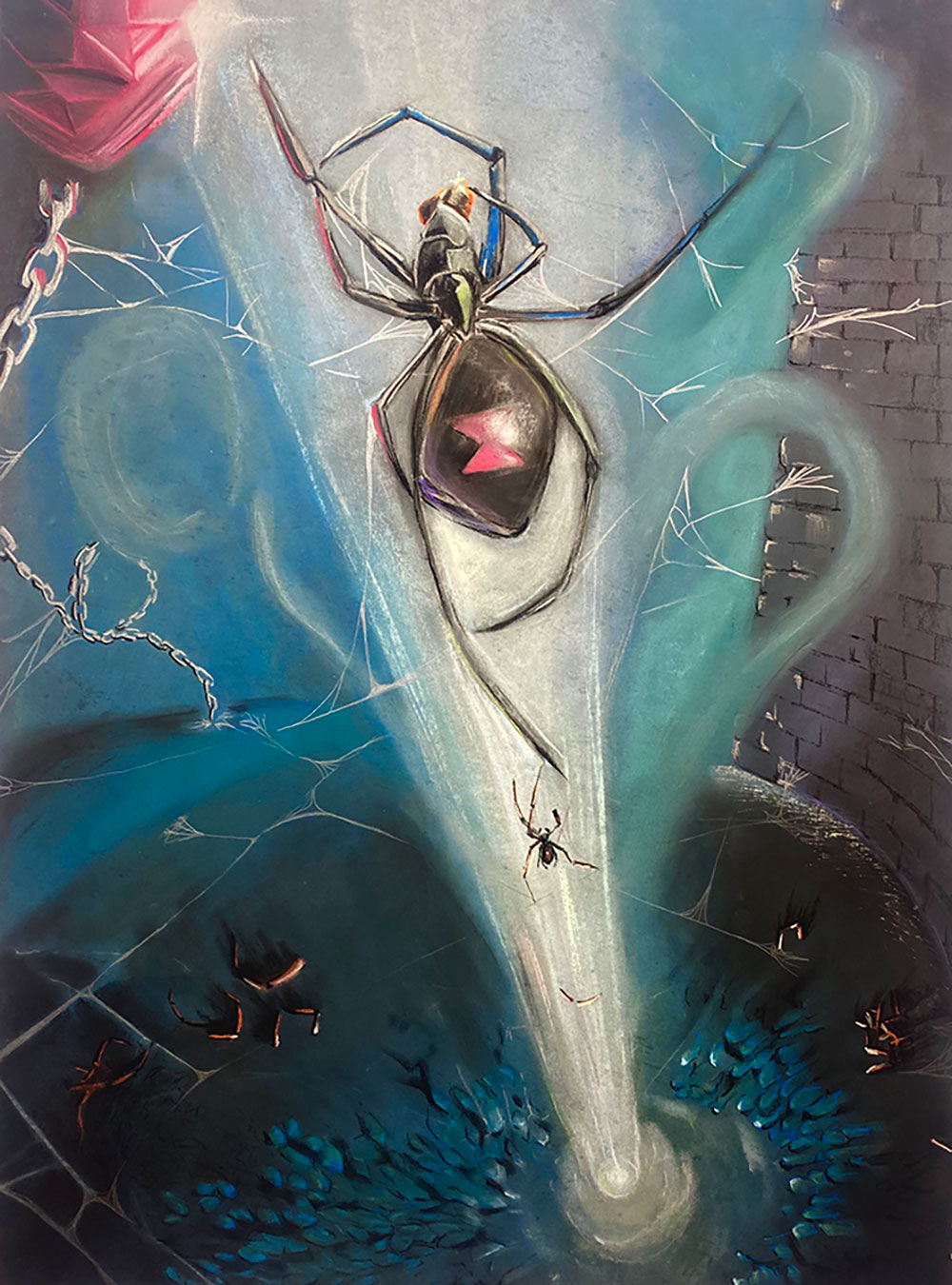
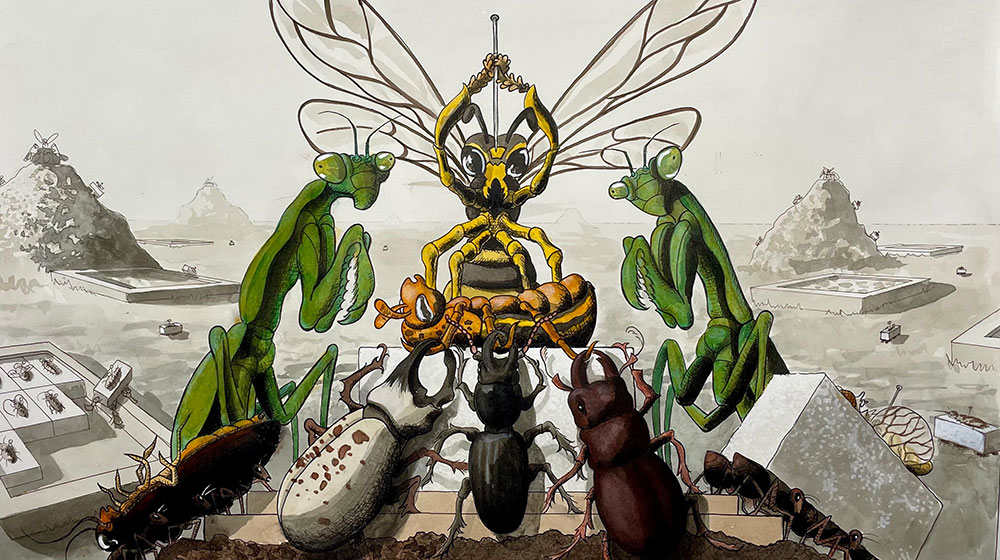
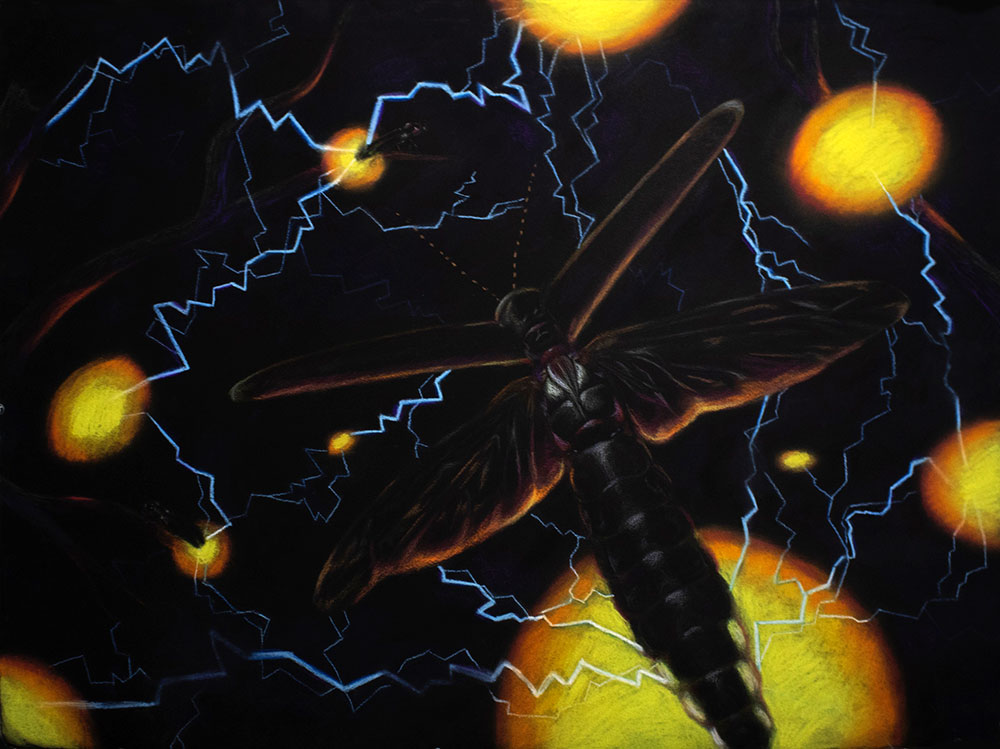
Project 4: Narrative
A narrative is essentially a story or an account of events. For this project, you are to create a drawing that tells an interesting story. There is no limitation to the subject matter and setting/location for your narrative, but it must include ALL of the following objects
- One unicycle
- One spaceship
- One or more chickens/roosters
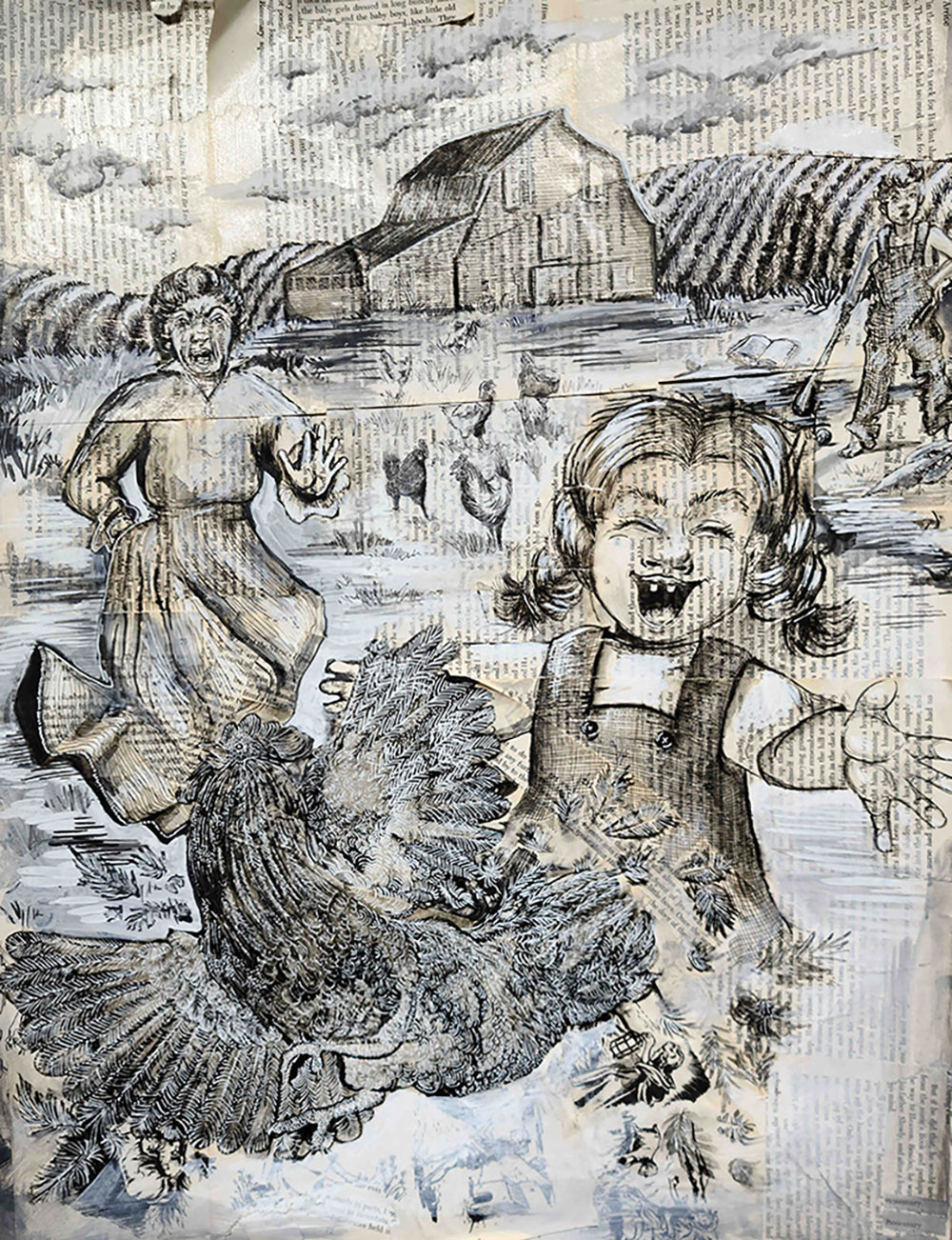
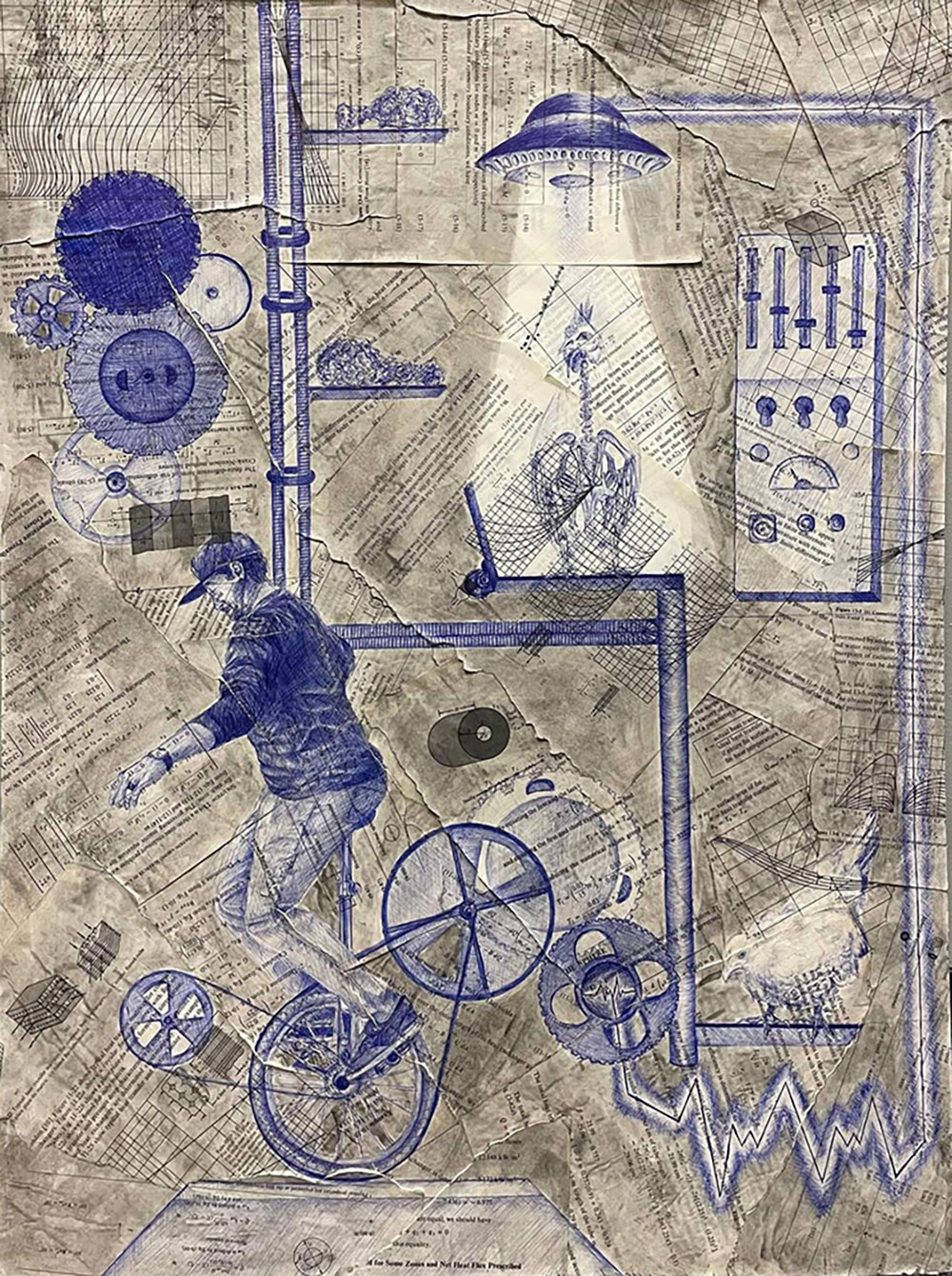
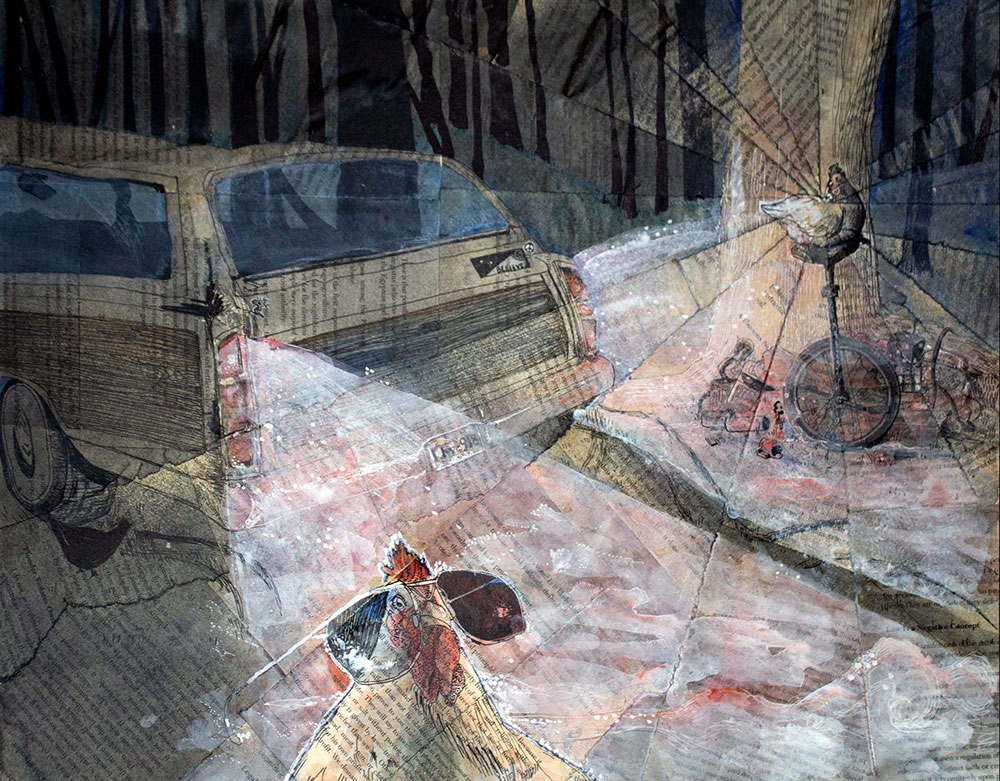
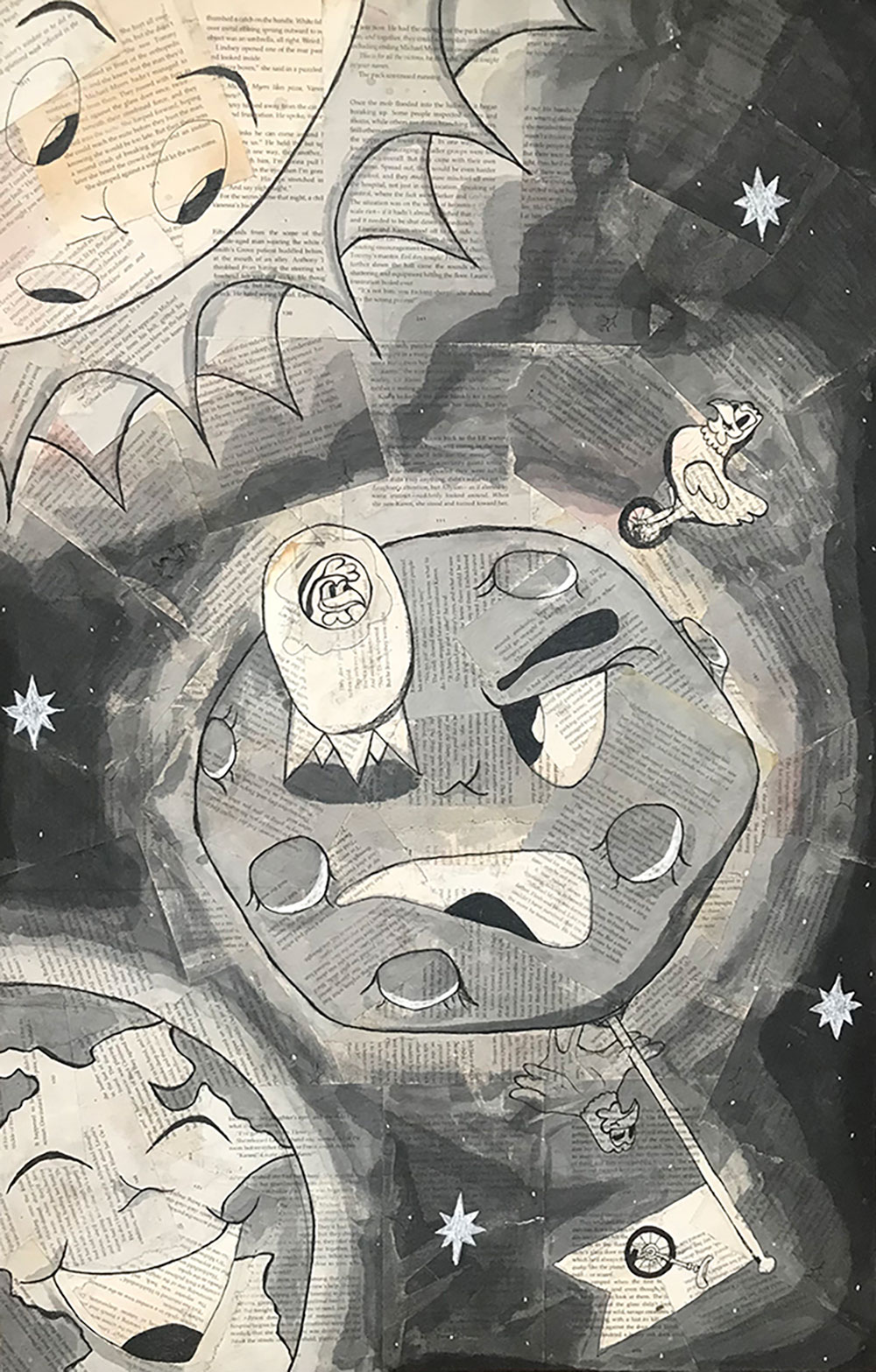
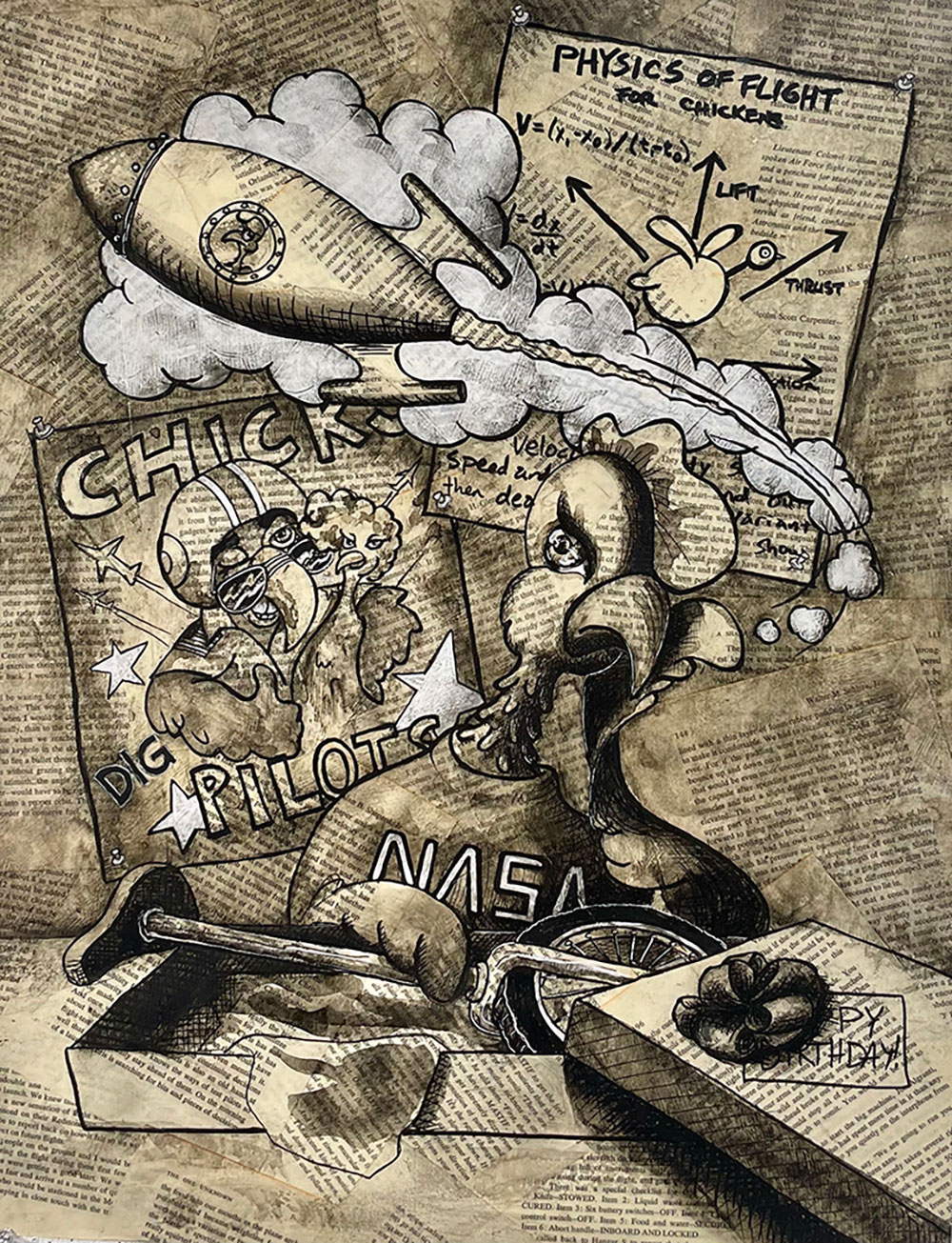
Project 5: Abstraction
- Create an abstract drawing of a landscape or interior of a room or building. (You can include architectural structures as part of your landscape if you wish.)
- If you have a car (if not, carpool or get a ride from a friend), drive to nearby places on or off-campus and take photographs of landscapes, gardens, farms, etc. OR take photographs of the interiors of your apartment, classroom, art studio, lab, or buildings on and off-campus.
- Draw from life and/or from your photo references.
- To create an abstract drawing, you should think of “simplifying” or reducing your landscape or interior into formal elements of line, shape, value, color, and texture.
- You can vary the degree of abstraction by manipulating your formal elements according to how much spatial definition you want to achieve in your composition.Your abstract composition can be visually two-dimensional, three-dimensional, or a combination of both flat shapes and three-dimensional forms.
- Composition should be well thought-out, cohesive, and engaging.
- The drawing must be in color and must be executed in a variety of media.
Drawing Materials:22” x 30” good drawing paper Open media
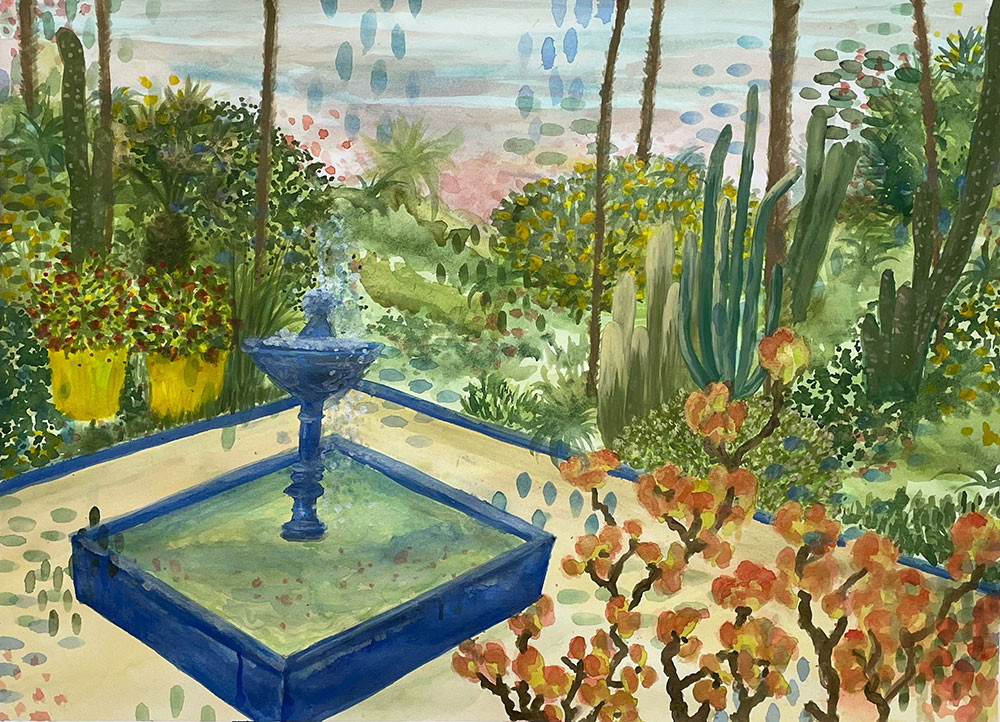
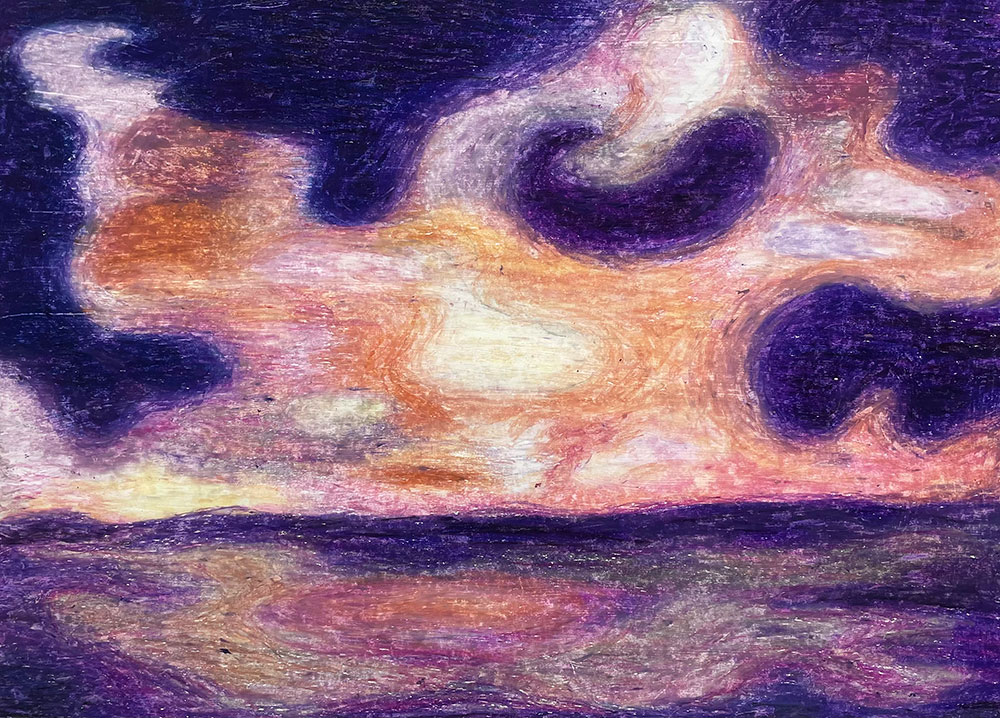
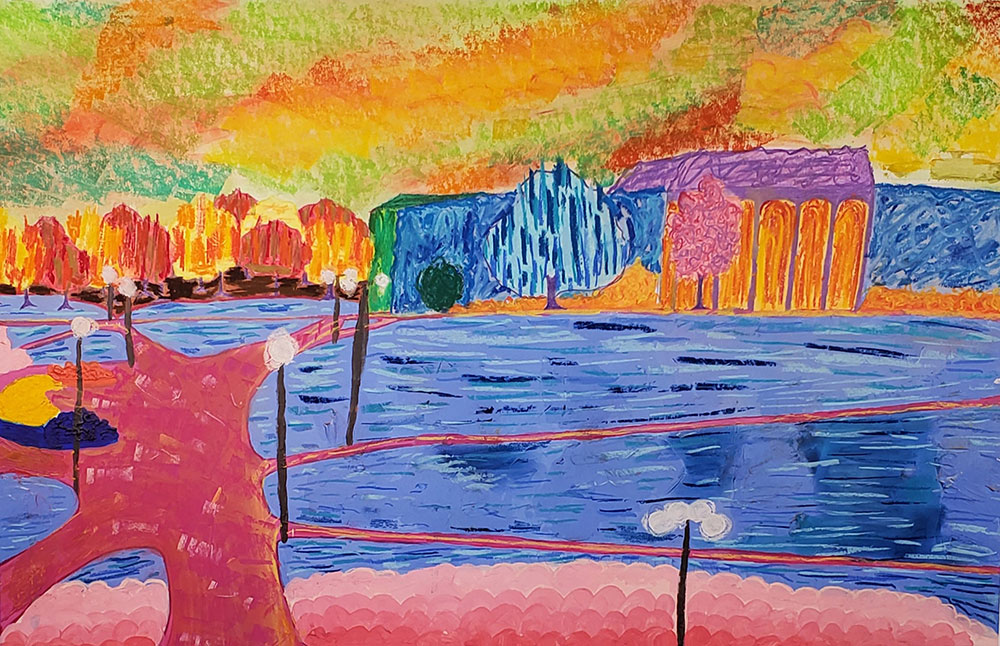
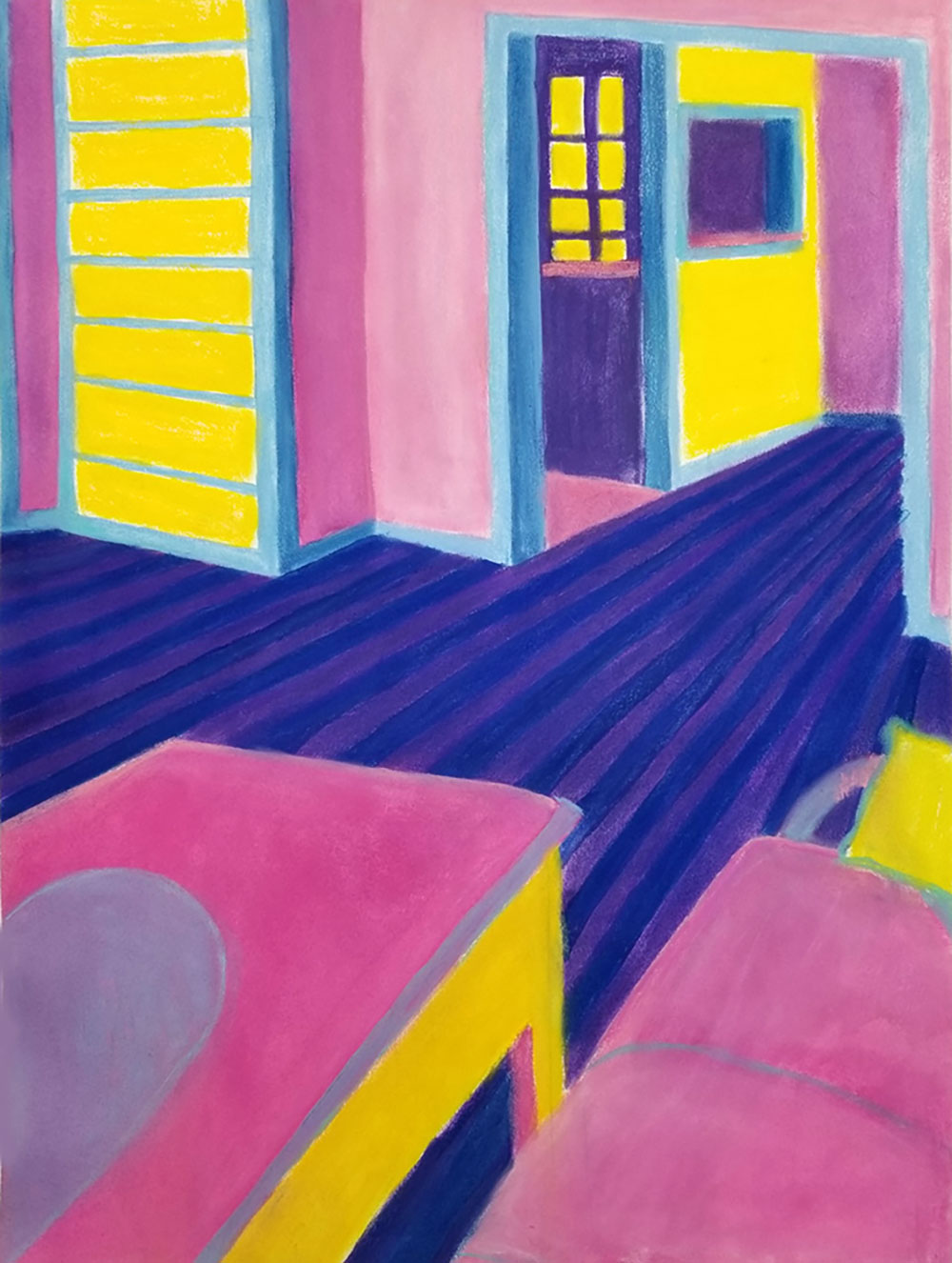
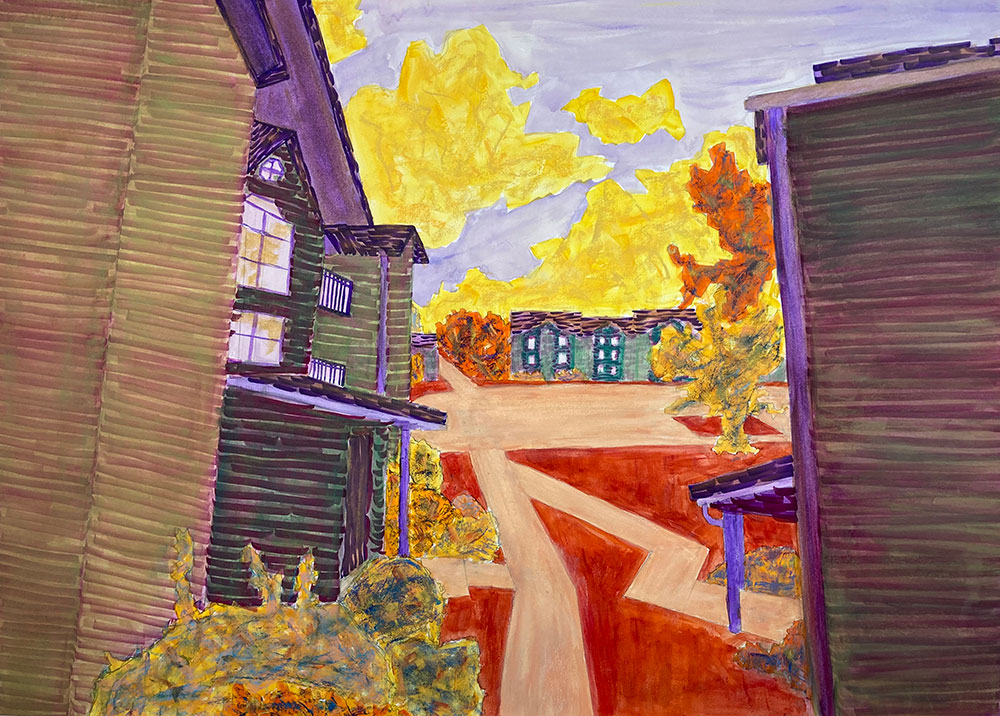
Project 6: Portrait
